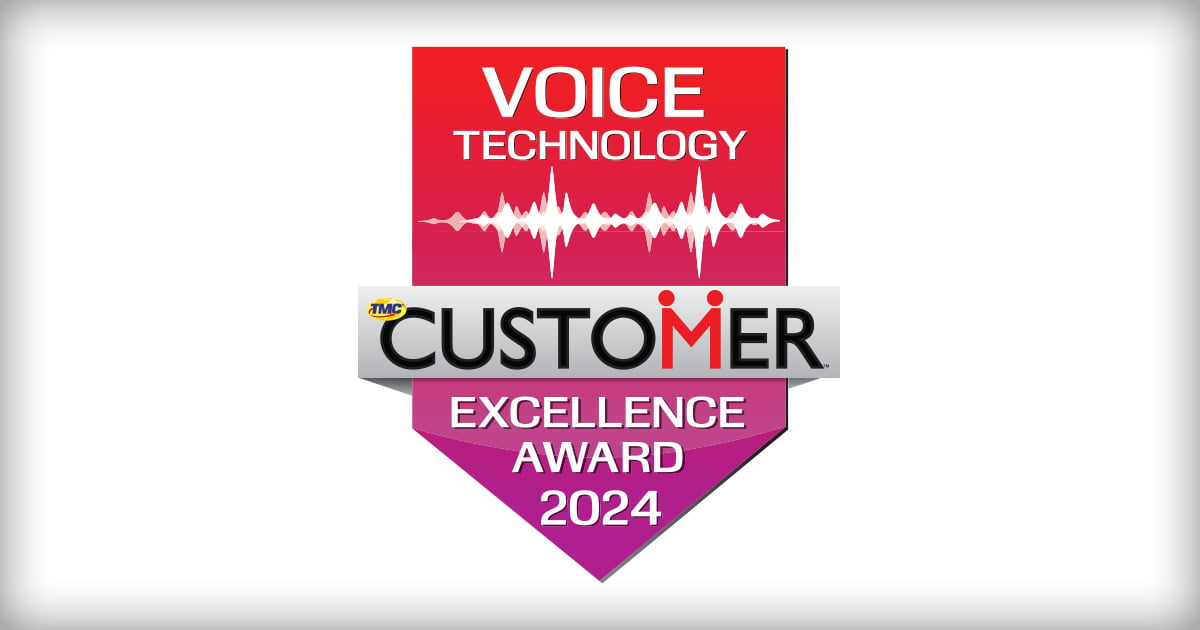
Cloud-based technologies in the contact center offer many benefits compared to on-premises solutions. As the pandemic hit, contact centers quickly learned to take advantage of their cloud platforms, shifting agents to work from their homes (overnight, in many cases), adjusting schedules, and modifying how teams worked and communicated with each other and with their customers. With a few months of practice now behind us, Calabrio organized a panel of leaders from call centers to talk about their experiences working on cloud platforms and the lessons they’ve learned so far.
Experience Made the Sudden Shift Easier
Contact center managers unanimously agreed that the flexibility offered by cloud-based solutions made the shift to all-remote contact center support much easier. In fact, leaders were not sure how they could have adjusted their businesses at the start of the pandemic without a cloud foundation. For some contact centers, having a cloud-based contact center is fairly new. For others, like Cummins Inc., it’s been a journey they started years ago.
“Cummins has taken on a corporate standard of moving to cloud-based tools as much as possible,” said John Weippert, technical support manager at Cummins Inc. “Over the last several years, we have been making the transition to the cloud and our contact center was already set up.”
“The Cummins Level 2 Support Team has always been remote. But oddly enough, the Level 1 Support Team already had left the Nashville [Tenn.] office for remote locations just after a severe thunderstorm hit the area prior to the COVID-19 shutdown,” Weippert explained.
“We’ve always leveraged the cloud for tools and connectivity,” he added. “So, when the pandemic hit, Level 1 agents already had the tools they needed to work remotely – Calabrio ONE, softphones, VPN access and laptops.”
It turned out to be a lucky coincidence.
“Having that blend of an office location as well as a remote location made it easy for us to make the transition when we had to,” Weippert said.
Similarly, an experience with a hybrid in-office and remote contact center model provided Radial, an omnichannel customer care organization, with “valuable knowledge that made transitioning to a fully remote model easier, unlike several companies that had to shift from all in-office to all-remote,” according to Robin Gomez, director of COE and technology enablement at Radial.
Ashley Fendall, workforce administrator for Delta Air Lines’ Global Sales Support, echoed that sentiment: “We have offices with Calabrio software deployed in five countries. Already having policies and procedures in place really helped us. We were definitely equipped to send our teams home, knowing we had the capacity we needed, and the workforce management support required for scheduling. 2020 has been a bit crazy, but I think that our teams were definitely prepared for this situation.”
Improved Scalability for Whatever Comes Next
For Radial, “Having a cloud-based solution enables us to scale up more rapidly without having to order new servers,” according to Gomez. “We can go to Calabrio or another cloud-based partner for more licenses. You also have connectivity. That’s really important, so that you’re not restricted as to what you can and cannot do. You have to have security in place – the VPNs, the tokens and whatever else you need.”
The agility of the cloud enables a customer service outsourcer like Radial to react as needed to business changes. Gomez recalled, “Some of our customers were going gangbusters; others were really struggling. Having that type of polarity really switched where we needed people. Being able to pivot very quickly, from day-to-day or even within the day, was important. When I think of cloud, I think of agility. I think of being scalable.”
“Delta evaluated moving to the cloud for some time before making its move [prior to the pandemic],” Fendall said.
She pointed to two expected – and now realized – benefits that finalized the company’s decision. One was being able to get updates to the system more rapidly.
“With on-premises software, we were waiting until it was our turn to have that push. With the cloud, we get them regularly, whenever the system updates, your system is updated. That’s been really nice, not having to wait on any bugs to be fixed.”
The second benefit was being able to adjust licensing. “It’s much easier with the cloud to fluctuate the number of licenses at any given time,” Fendall explained.
Getting all the Tools Right
Even with the cloud’s advantages, most contact centers still experienced some technology challenges.
Cummins initially had all its agents on the same VPN as the rest of the company. But, they found that using the same VPN to support agents and analysts – who were running massive reports, in-depth trends analysis and other bandwidth-intensive needs – was stressing the system. Cummins solved the issue by developing a second VPN exclusive to the contact center.
Contact center leaders also pointed out that, while operating in the cloud helped ease the move from a hybrid to all-remote contact center environment, there was still the challenge of agents having poor remote work environments due to lack of proper equipment, poor or non-existent broadband capability, a noisy environment (children, pets, etc.) or other issues. In most cases, companies worked individually with agents to solve their challenges, including changing technology, work schedules or providing other equipment.
Advice for Moving to the Cloud
Contact centers leaders said they felt confident the technology they had in place was able to help them maintain their business as the pandemic forced changes. They offered solid advice for companies that have yet to move to the cloud.
“It’s hard to be 100% percent on-premises anymore,” said Radial’s Gomez. “Even providers of on-premises solutions are promoting cloud offerings due to the ease of updates, which are done centrally, rather than needing to run the updates at each user’s location.”
But, don’t just go to the cloud because it’s trendy, he advised. “Look at it just like any project that you would undertake – how will it benefit you? What is your environment? What are the protocols? The challenges? There has to be a business value to it.”
Once the decision is made, commit fully, Gomez added. “Commit to the effort and then educate yourself. Make sure everyone in your organization understands what this means, how it’s different.”
In addition, agent and customer feedback is important to identifying any unexpected issues. For example, a degradation of performance could indicate a network performance issue, particularly with the “last mile” of connectivity. Sometimes, you need to dig into problems to find the root cause.
To get C-suite buy in, contact center executives need to advocate for the benefits of moving to a cloud solution.
Cummins’ Weippert said, “With the cloud, you always have the latest software and you don’t have to worry about bug fixes. IT resources can be used to support your team rather than planning for the next software release. If they have that in their queue, they will focus on updating that and other applications. It will be six to eight months before you are going to fit into their queue.”
Delta’s Fendall urged, “Do it. Cloud solutions is where the industry is headed. Going to a cloud-based solution can’t do anything but help your situation no matter where you are.”
 About the author: Doug Lang is Senior Vice President of Customer Success at Calabrio. He oversees Calabrio’s Professional Services, Support Services and Training Organization and ensures Calabrio customers are fully supported throughout the entire customer lifecycle, driving customer success and improved time to value. With nearly 25 years’ experience, Doug has built multiple services organizations focused on long-standing customer relationships, and led high-growth companies through the evolution to cloud. Prior to joining Calabrio, Doug was SVP of Business Operations for Arrow System Integration, a leading systems integrator, where he architected a high-impact services organization of more than 500 people. Prior to Arrow, he held services leadership roles at Cross Telecom and ACT. Doug holds a B.S. degree in Industrial Technology Education.
About the author: Doug Lang is Senior Vice President of Customer Success at Calabrio. He oversees Calabrio’s Professional Services, Support Services and Training Organization and ensures Calabrio customers are fully supported throughout the entire customer lifecycle, driving customer success and improved time to value. With nearly 25 years’ experience, Doug has built multiple services organizations focused on long-standing customer relationships, and led high-growth companies through the evolution to cloud. Prior to joining Calabrio, Doug was SVP of Business Operations for Arrow System Integration, a leading systems integrator, where he architected a high-impact services organization of more than 500 people. Prior to Arrow, he held services leadership roles at Cross Telecom and ACT. Doug holds a B.S. degree in Industrial Technology Education.Edited by
Erik Linask





